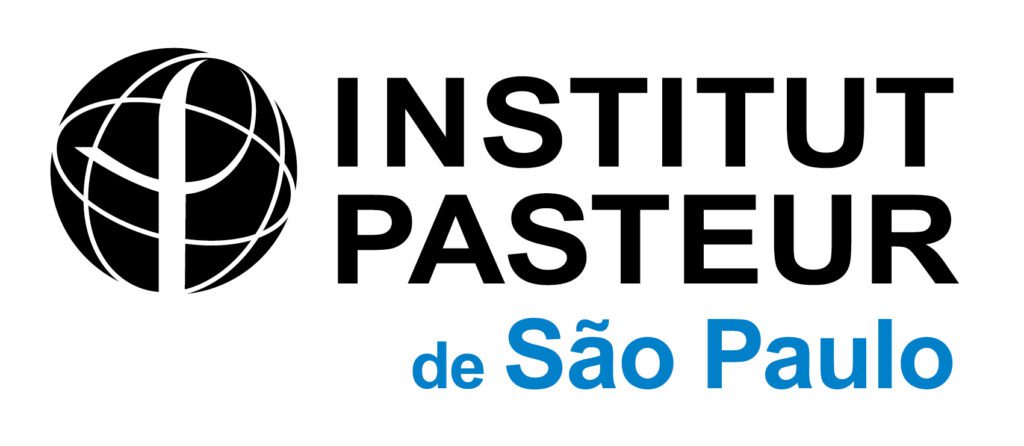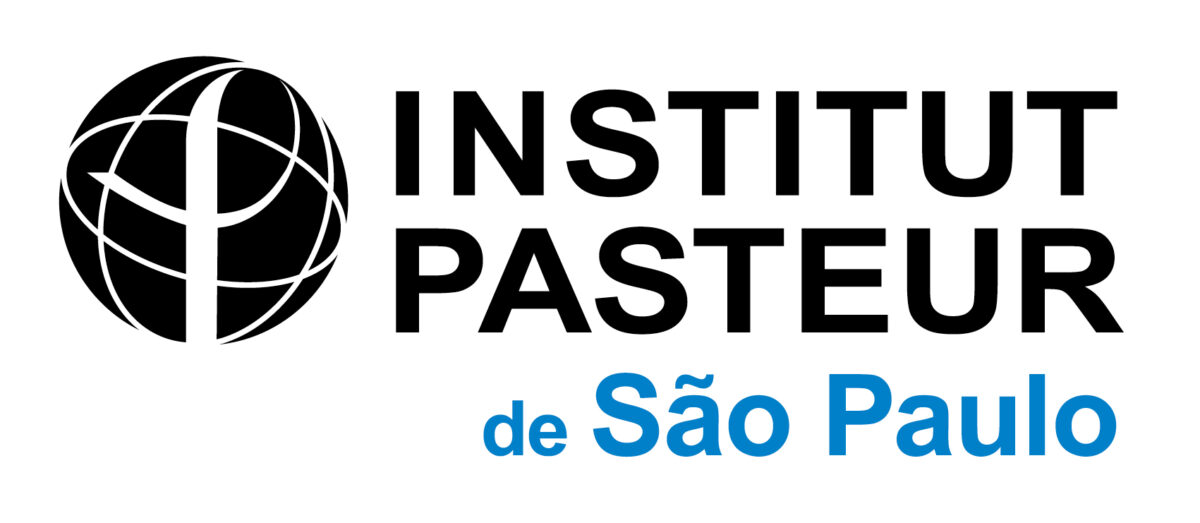General objectives
Among other objectives, this project intends to generate new 2D and 3D tools for arboviruses from the flaviridae and alphaviridae families (e.g., ZIKV, SARS-CoV-2 DENV, YFV, WNV, SLEV, CHIKV etc.). We will monitor the interactions of these emerging organisms with their hosts in real time; identify molecules related to virulence/pathology and disease mechanisms; and suggest more appropriate therapeutic strategies. Furthermore, as this project includes in vitro and in vivo approaches, it will help better understand host-parasite interactions, considering pathogenic mechanisms characteristic of these infections. More precisely, we will focus our efforts on exploring the mechanisms that lead to brain pathology: neuroinvasiveness and neurodegeneration.
Subproject 1 – Study of the permissiveness of ZIKV infection in 2D systems and construction of infectious ZIKV clones.
Lead researcher: Paola Marcella Camargo Minoprio
Other associated and involved researchers: Edison L. Durigon, Patricia C. B. Beltrão Braga, Eduardo Massad, Helder Nakaya, Marielton dos Passos Cunha (PhD student, FAPESP), Ethianne Segabinazi (Postdoctoral fellow, FAPESP), Gabriela Paludo (Postdoctoral fellow, FAPESP).
The strain of Zika virus circulating in Brazil was responsible for the newborn microcephaly cases observed in the country, especially in the outbreaks of 2015/2016. Currently, the Zika flavivirus (ZIKV) of Asian lineage and two genotypes of the Chikungunya alphavirus (CHIKV) are spreading in the country. To date, only the Asian lineage of ZIKV has been associated with neurodegenerative syndrome. Our hypothesis is that the Asian genotype circulating in Brazil may have differences in neuroinvasiveness in relation to the African ZIKV. This project aims to understand the neurotropism of ZIKV based on the progression of infection in susceptible and permissive neural cells to try to understand neurotropism by comparing strains of African genotypes with strains of Asian genotype circulating in Brazil. ZIKV will be studied in 2D cellular systems and in interaction with other subprojects conducted in 3D systems. Specifically, a comparative study will be conducted on the permissiveness of infection by African and Brazilian ZIKV in cellular systems (2D), in addition to the development of infectious ZIKV clones for studies in 2D systems and to be used in other projects.
Subproject 2 – Modeling the congenital disease caused by the Zika Virus and the SARS-CoV-2 virus in the SNC in 2D/3D models and creating a drug-testing platform.
Lead researcher: Paola Marcella Camargo Minoprio
Co-responsible research associate: Patricia C. B. Beltrão Braga
Other researchers and research associates: Edison L. Durigon, Helder Nakaya, Fabiele Baldino Russo, Marielton dos Passos Cunha (Postdoctoral fellow, FAPESP), Ethianne Segabinazi (Postdoctoral fellow, FAPESP), Gabriela Paludo (Postdoctoral fellow, FAPESP).
This project aims to investigate the mechanisms involved in the pathogenesis of ZIKV in the nervous system and to create a platform to test drugs against ZIKV infection that can improve the phenotype of neural cells in babies with microcephaly. Specifically, we seek to:
– Identify the cellular pathways (genes and proteins) involved in the death of neural progenitor cells infected by ZIKV
– Identify the cellular pathways (genes and proteins) involved in the production of microcephaly caused by ZIKV infection in comparison with other genetic pathways that also cause microcephaly
– Apply the methodology for neural cell culture in vitro in a 2D and 3D culture system (neurospheres and mini-brains) to create a platform to test drugs that can block the binding of ZIKV or inhibit viral replication.
Subproject 3 – Impact of emerging arbovirus infections and viral infectious clones on the real-time study of interactions with their hosts in murine systems.
Lead researcher: Paola Marcella Camargo Minoprio
Research associates: Patricia C. B. Beltrão Braga, Edison L. Durigon, Helder Nakaya, Lucio H. Freitas Jr (Instituto Butantan and ICB-USP), Marielton dos Passos Cunha (FAPESP Postdoctoral Fellow), Ethianne Segabinazi (FAPESP Postdoctoral Fellow), Gabriela Paludo (FAPESP Postdoctoral Fellow).
The infectious clones generated with luciferase and fluorescent reporter genes from ZIKV cDNA will be used to study the infectious process in vitro and in vivo of projects #1 and #2. Specifically, we aim to:
– Explore in real time the interaction of ZIKV and SARS-CoV-2 viruses with the central nervous system and evaluate the mechanisms of brain injury
– Study the role of B cells, more specifically CD5B cells in the evolution/control of pathogenesis in the in vivo experimental model
– Develop in vitro and in vivo models that can assist in the selection of innovative therapeutic compounds.
Subproject 4 – Impact of Trypanosoma vivax infection on the crossing/breaking of the blood-brain barrier in murine systems and bovine 2D/3D systems.
Lead researcher: Paola Marcella Camargo Minoprio
Associate researcher: Patricia C. B. Beltrão Braga, Edison L. Durigon, Eduardo Massad, Helder Nakaya, Ethianne Segabinazi (FAPESP Post-doctoral fellow), Gabriela Paludo (FAPESP Postdoctoral fellow).
This project aims to outline the process of brain injury caused by T. vivax and the functional/lethal consequences resulting from the infection process, especially the main histopathological lesions of the brain, focusin on neuroinflammation and disruption of the blood-brain barrier. Specifically, we seek to:
– Study parasite load and parasite migration using real-time imaging.
– Study the immunoinflammatory process and the damage it can cause to the blood-brain barrier.



